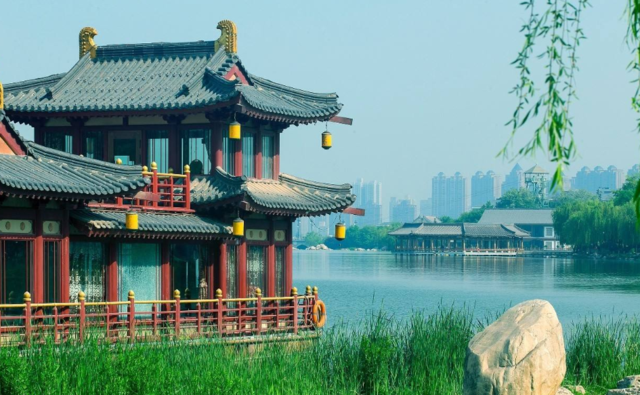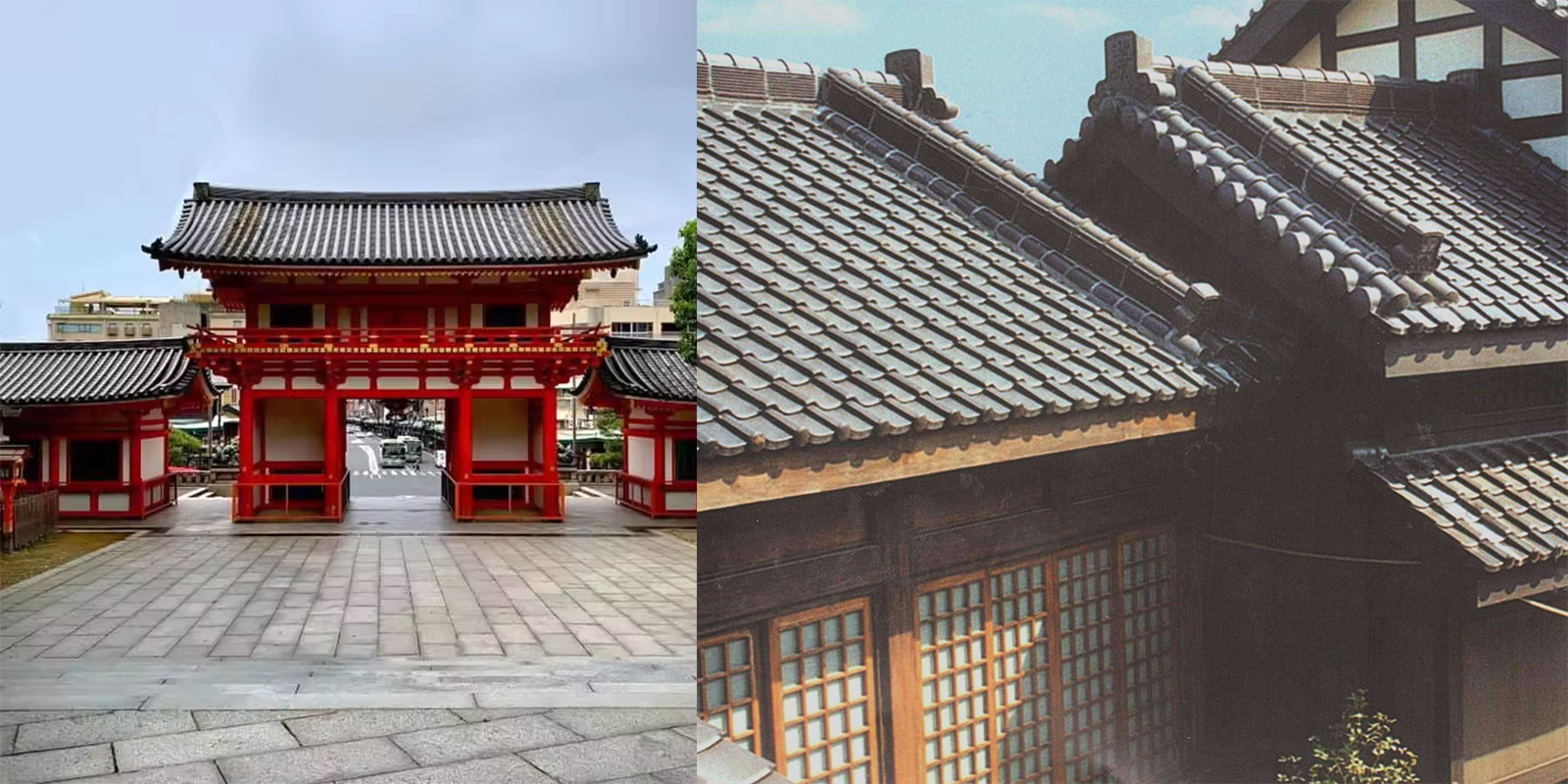The Differences Between Traditional Chinese Roof Tile And Japanese Roof Tile
Traditional Chinese and Japanese roof tiles, while both rooted in ancient architectural traditions, exhibit distinct characteristics in terms of design, materials, and cultural significance. Here are some key differences between traditional Chinese and Japanese roof tiles:
Traditional Chinese Roof Tiles:
- Materials: Chinese roof tiles are typically made of glazed ceramic or clay, which can vary in color and finish.
- Design: Chinese roof tiles often feature decorative elements like intricate patterns, animal motifs (such as dragons and phoenixes), and curved edges.
- Shapes: Chinese roof tiles commonly have a curved profile, with interlocking designs that create a continuous pattern across the roof.
- Colors: Chinese roof tiles come in a wide array of colors, including vibrant blues, greens, yellows, and reds, reflecting the rich palette of traditional Chinese architecture.
- Functionality: Chinese roof tiles are designed to withstand heavy rain and provide insulation, with the curved shape aiding in water runoff.
- Symbolism: Chinese roof tiles may carry symbolic meanings related to protection, prosperity, and auspiciousness, often reflecting cultural beliefs and traditions.

Traditional Japanese Roof Tiles (Kawara):
- Materials: Japanese roof tiles, known as kawara, are typically made of clay, ceramic, or occasionally slate or metal.
- Design: Japanese roof tiles are characterized by their simple, minimalist design, with a focus on functionality and elegance.
- Shapes: Japanese roof tiles often have a wavy or curved shape, with overlapping edges that provide a waterproof seal.
- Colors: Japanese roof tiles are usually a grey color, though variations in glazing and finishes can be found.
- Functionality: Japanese roof tiles are designed to withstand Japan's diverse climate, including heavy rainfall, snow, and earthquakes, with an emphasis on durability and weather resistance.
- Symbolism: The act of replacing Japanese roof tiles is seen as a form of renewal and continuity, symbolizing the preservation of tradition and craftsmanship.

Cultural Significance:
- Chinese Influence: Traditional Chinese roof tiles often feature elaborate designs and symbols that reflect Chinese mythology, history, and beliefs.
- Japanese Aesthetics: Japanese roof tiles embody the principles of simplicity, harmony with nature, and craftsmanship that are central to Japanese aesthetics.
In essence, while both Chinese and Japanese roof tiles serve functional purposes in traditional architecture, they differ in design elements, materials, and cultural symbolism, reflecting the unique architectural styles and cultural traditions of each respective country.

